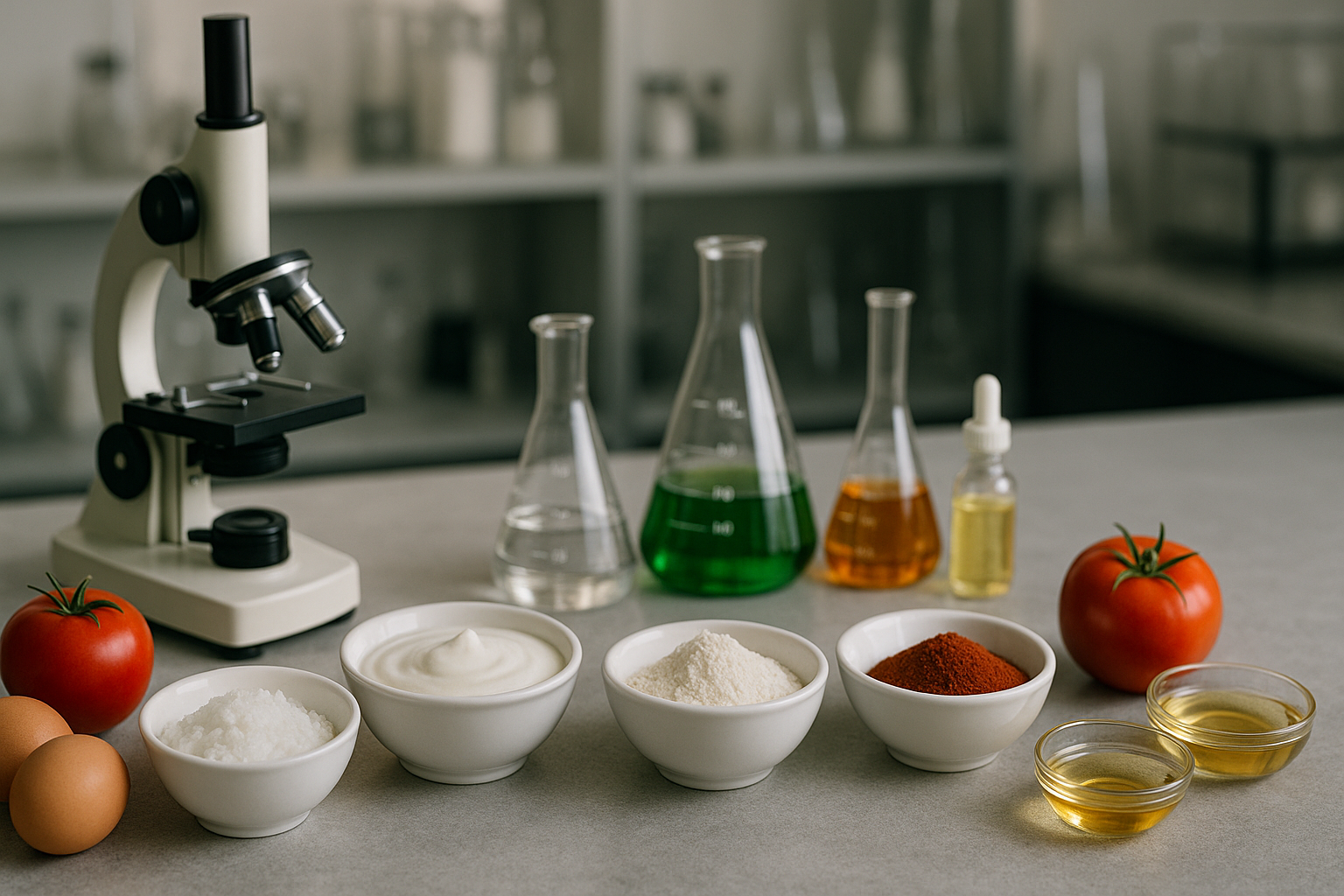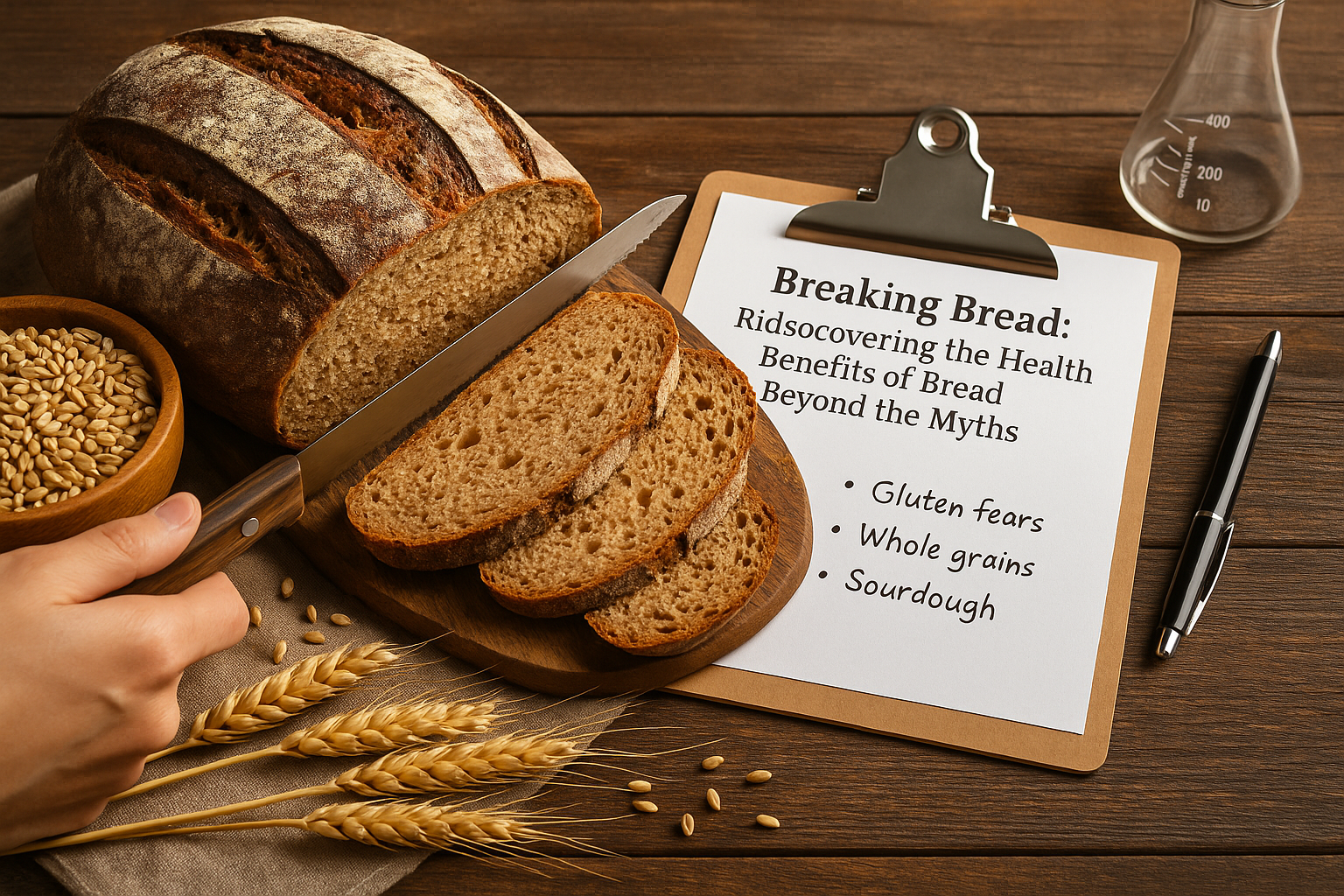Trending searches
Trending searches

Hydrocolloid: Tara Gum
SUBSCRIBE TO OUR BLOG
Promotions, new products, and recipes.
Tara Gum: The Lesser-Known Hydrocolloid with Culinary Potential
Tara Gum, derived from the seeds of the tara tree (Caesalpinia spinosa), is a natural hydrocolloid that has been gaining traction in the food industry for its thickening and stabilizing properties. But what's the scientific underpinning behind this hydrocolloid's behavior, and how has it been incorporated into modern culinary applications?
Historical Overview
The tara tree, native to Peru, has been recognized for its seeds, which are the primary source of Tara Gum. Commercial extraction and utilization of Tara Gum began in the latter half of the 20th century, introducing it to the global food market1.
The Molecular Science of Tara Gum
Tara Gum is primarily a galactomannan, similar in structure to guar and locust bean gums. It consists of linear chains of mannose sugars with galactose side branches2. Its unique molecular configuration allows it to form viscous solutions in water, making it an effective thickener.
Extraction and Refinement
Tara seeds undergo a milling process to remove their outer husk. The endosperm is then ground to a fine powder, which is the final Tara Gum product3.
A Multifaceted Ingredient
Tara Gum's versatility is evident in its diverse applications:
-
Food Industry: Used as a thickener, stabilizer, and texture enhancer in various food products4.
-
Cosmetics: Incorporated in products for its conditioning properties5.
Try Tara Gum Yourself
Pick up a packet of Cape Crystal Brands Tara Gum. You will be glad you did.
Tara Gum in Culinary Creations - Proportions
Tara Gum's culinary proportions are influenced by its thickening capabilities:
-
Dairy Products (like Ice Cream or Yogurt):
- Proportion: 0.1% to 0.3% of the total weight6.
- Purpose: Improves texture and mouthfeel, prevents ice crystal formation in ice creams.
-
Sauces and Dressings:
- Proportion: 0.1% to 0.5% of the total weight7.
- Purpose: Acts as a thickener and stabilizer.
-
Baked Goods:
- Proportion: 0.1% to 0.4% of the total weight8.
- Purpose: Enhances moisture retention and shelf life.
-
Beverages:
- Proportion: 0.05% to 0.2% of the total weight9.
- Purpose: Provides a thicker, smoother mouthfeel.
Conclusion
Tara Gum, while lesser-known compared to other hydrocolloids, showcases its prowess in thickening and stabilizing a myriad of formulations. Its role in the food industry underscores its adaptability and significance. As the nexus between culinary arts and food science strengthens, Tara Gum's prominence is poised to grow.
For further reading:
How to Use Guar Gum in Your Recipes
Uncovering the Benefits of Tara Gum
Adding Tara Gum for a Smoother Ice Cream
What Is Tara Gum and How Does It Work?
References:
Footnotes
-
Cui, W. "Understanding the Physical Properties of Food Polysaccharides." Taylor & Francis, 2005. ↩
-
BeMiller, J.N. "Carbohydrate Chemistry for Food Scientists." AACC International Press, 2019. ↩
-
Verbeken, D., et al. "Exudate gums: occurrence, production, and applications." Applied Microbiology and Biotechnology, 2003. ↩
-
Imeson, A. "Food Stabilisers, Thickeners and Gelling Agents." Wiley-Blackwell, 2009. ↩
-
Schramm, L.L. "Encyclopedia of Emulsion Technology." Marcel Dekker, 1983. ↩
-
Goff, H.D., & Hill, A.R. "Ice Cream." Springer US, 1996. ↩
-
Davidson, R.L. "Handbook of Water-Soluble Gums and Resins." McGraw-Hill, 1980. ↩
-
Guarda, A., et al. "Different hydrocolloids as bread improvers and antistaling agents." Food Hydrocolloids, 2004. ↩
-
Ashurst, P.R. "Chemistry and Technology of Soft Drinks and Fruit Juices." Wiley-Blackwell, 2016.


|
About the Author Ed is the founder of Cape Crystal Brands, editor of the Beginner’s Guide to Hydrocolloids, and a passionate advocate for making food science accessible to all. Discover premium ingredients, expert resources, and free formulation tools at capecrystalbrands.com/tools. — Ed |
Related Posts

The Most Powerful Food Science Questions Journalists Are Asking Today

Inside the Pumpkin Latte: What’s Really in Your Cup (and a Better Homemade Version)

Breaking Bread: Rediscovering the Health Benefits of Bread Beyond the Myths
Enjoyed this post? Subscribe to The Crystal Scoop
Food-science tips, ingredient know-how, and recipes. No spam—unsubscribe anytime.
- Choosing a selection results in a full page refresh.
POLICY PAGES
QUICK LINKS
Guar Gum
Cape Crystal Brands, 18 Bank St., Suite 1, Summit NJ 07901.
- Phone: +1 908-273-5600
- Email: info@capecrystalbrands.com
- Tax ID: 26-2477626000
- FDA Facility Registration # 16980627550
- Kosher Certified: OKosher.org
Country/region
© 2025, Cape Crystal Brands | Sitemap
